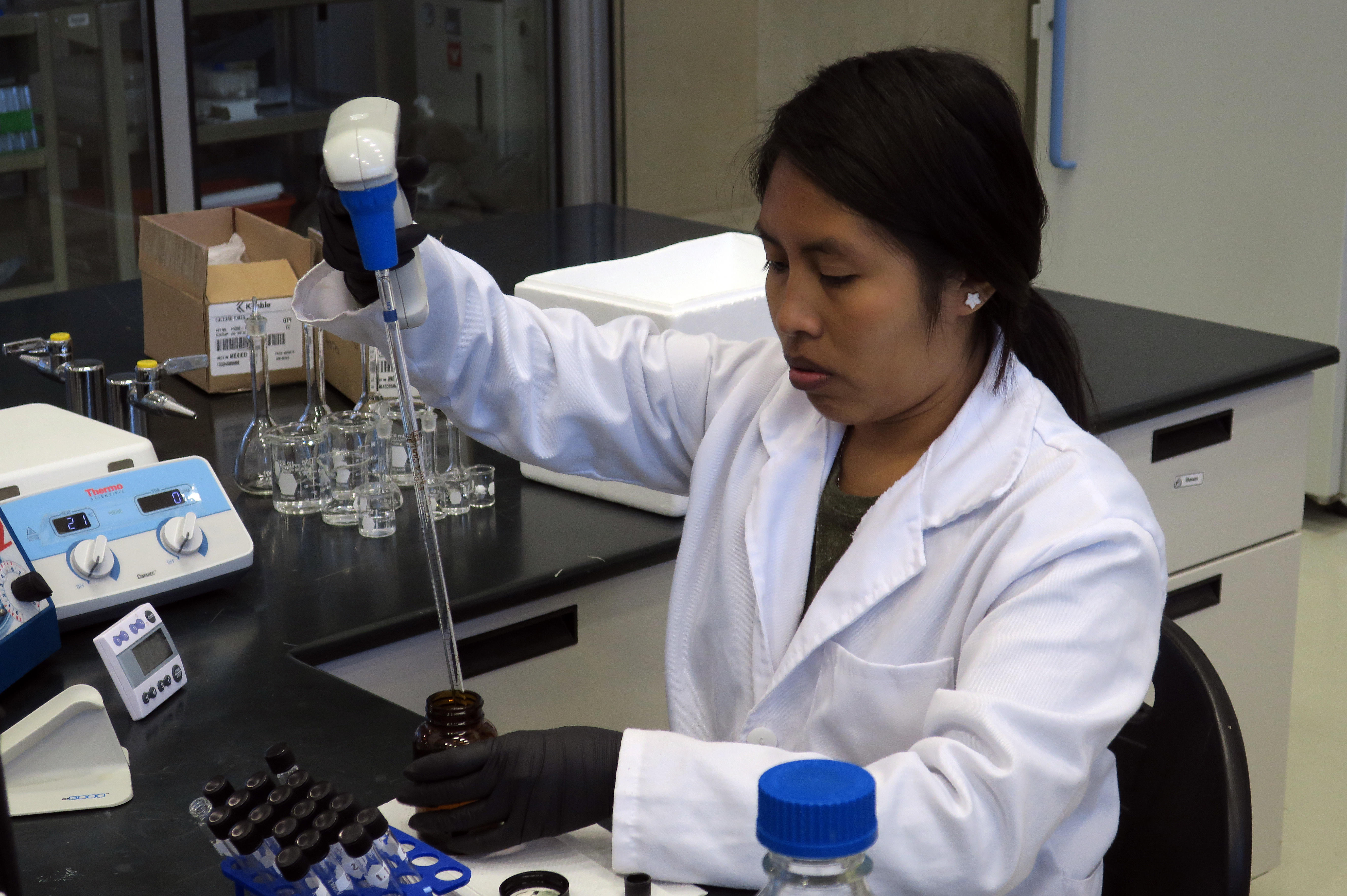
Mexico creates biodiversity bank amid natural disaster, climate change fears
One of the most important labs in Latin America is preserving genetic resources to protect species from future natural catastrophes, specifically ones that are…
Guadalajara, Mexico, Oct 21 (efe-epa).- Scientists with the National Center for Genetic Resources (CNRG), in the western Mexican state of Jalisco, are working to preserve the germoplasm of thousands of species in an effort to protect the country's biodiversity from future natural catastrophes.
By collecting and preserving the genetic resources for later use, the institution aims to safeguard an assortment of species from the depletion of their natural ecosystems using a variety of techniques.
Researcher Esmeralda Cruz told EFE that the center - one of the world's nine most important labs of its kind - is the only one in all Latin America that keeps samples of forestry, livestock, microbial, and aquatic germplasm.
"We preserve material from all these subsystems important to humans," the agricultural engineer said, adding that the center's goal is to store the material so that it may be used to improve the conditions of a given ecosystem, as well as to rescue endangered species in the future.
Samples from all over the country arrive at the center, where they are classified and preserved depending on the needs of each particular sample.
RELATED CONTENT
The material is then studied at the center's DNA and genomics laboratory.
CNRG director Ramon Arteaga told EFE that the center aims to protect the samples through the use of a variety of methods that allow to safeguard the materials without modifying or changing their genetic structure, preserving them for "at least 10 years."
The collected samples, such as orthodox seeds - which are able to survive in both dry and cold conditions - are put in cold storage under sub-zero temperatures, while recalcitrant seeds are stored in test tubes under specific conditions, as they are not able to survive abrupt changes in temperature.
Microbial and aquatic samples, on the other hand, are stored in nitrogen tanks, which can hold as many as 6,000 test tubes.










LEAVE A COMMENT:
Join the discussion! Leave a comment.